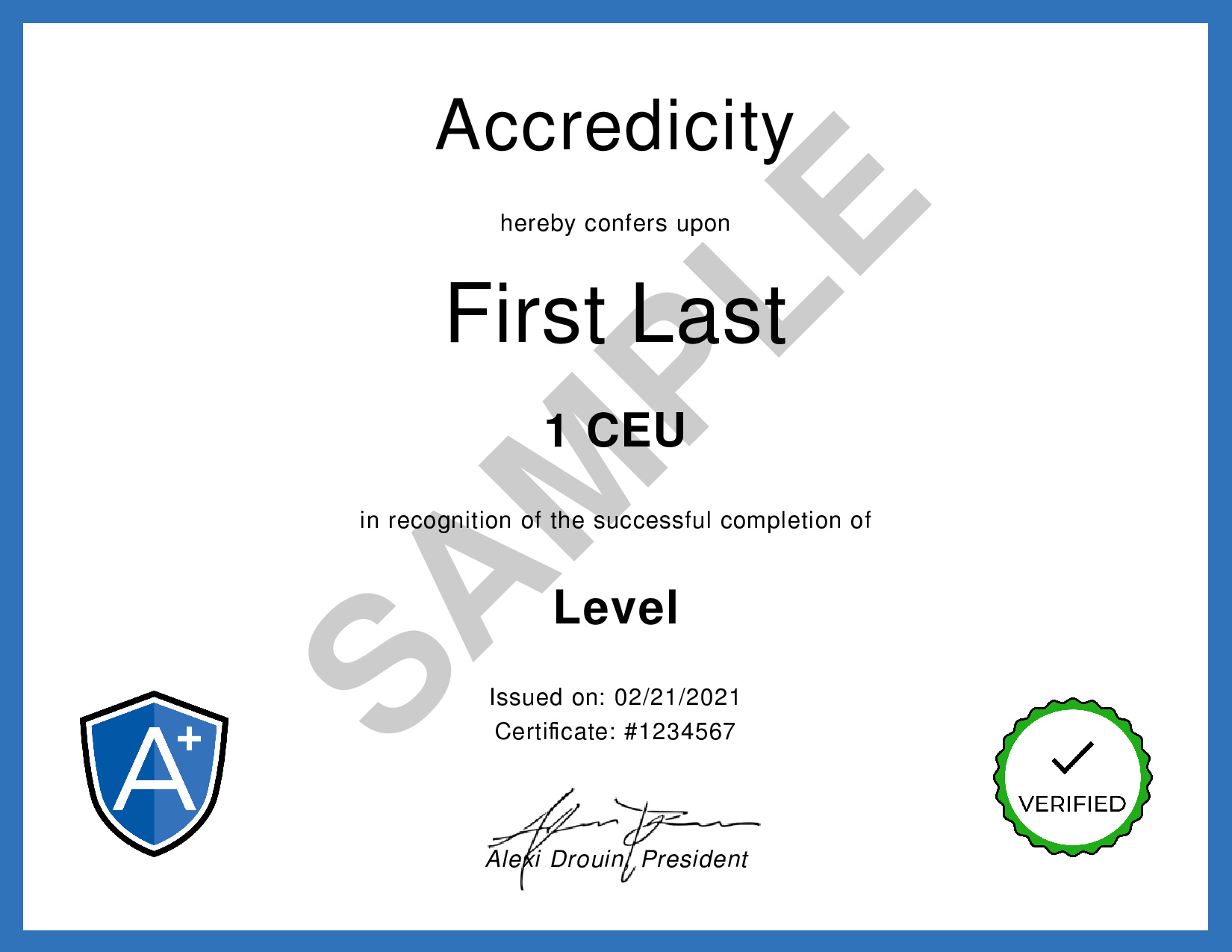The Explainer: Finding Your Company’s Core Competencies | HBR
Reference: Harvard Business Review. (2019, July 02). The Explainer: Finding Your Company's Core Competencies [Video]. YouTube.
We Make Your Education Count

Get the Credit You Deserve and Become the Most Attractive Job Candidate by Earning and Posting A+ Badges to Your Linkedin Profile.
Sign Up to Get Started at Accredicity
|
Unlock the secret to success: discover your company's core competencies for lasting advantage. Understanding your company's core competencies, as defined by C.K. Prahalad and Gary Hamel, is essential for strategists and companies with multiple business units or product lines. Core competencies are the root system that nourishes and stabilizes your organization's knowledge of coordinating production and technology. To identify them, look for five or six things your company does better than anyone else. These must provide access to a wide variety of markets, contribute to customer benefits, and be hard for competitors to imitate. Knowing your core competencies can prevent outsourcing mistakes and can create sustainable advantage that goes beyond your current products. Learning Outline1. Understand the concept of Core Competencies Instructional ContentThe concept of core competencies is an important one for companies with multiple business units or product lines. Core competencies are the root system that provides nourishment and stability to the organization. They are the skills, resources, and knowledge that set a company apart from competitors, and allow it to create a sustainable advantage. To identify core competencies, companies should focus on five or six things they do better than anyone else. These competencies should give access to a wide variety of markets, contribute to customer benefits, and be difficult to imitate. An understanding of core competencies can help companies make better decisions about outsourcing and product development. For example, Honda was able to capitalize on its engine design and development expertise to make cars, while Chrysler's outsourcing of engines to Mitsubishi ended up being a mistake. The video “The Explainer: Finding Your Company's Core Competencies” provides an in-depth look at this important concept. It explains the definition and requirements of core competencies, and how to identify them. It also outlines how core competencies can be used to create sustainable advantages and inform business decisions. By watching this video, companies can gain a better understanding of core competencies, which in turn can help them to increase their competitive edge. Leadership
|

This is like a tree growing in your backyard. The trunk and major limbs are like your company's core products, while the branches and leaves are the different business units and end products. The root system is the core competency—what your company knows about making products and using technology. It's like the nourishment and stability that help the tree grow. You need to figure out the five or six things your company does better than anyone else to make sure your tree stays strong and healthy. This will help you compete with other companies and make sure you don't make bad mistakes, like Chrysler did when it outsourced engines to Mitsubishi. Video Quotes"The core competence is the root system that provides nourishment and stability. It's essentially what your organization knows about coordinating production and technology" - C.K. Prahalad "First, they provide access to a wide variety of markets. Consider what Honda knows about engines. It gives them a distinctive advantage in cars, lawnmowers, and generators" - Gary Hamel "Knowledge fades if it's not used. In a world of intense global competition, understanding core competence helps you figure out how to create sustainable advantage that's more than just the sum of your current products" - Gary Hamel Competencies1. Strategic Thinking Learning Outcomes1. Analyze the importance of core competencies for companies with multiple business units or product lines. Sample Answers1. I have learned that core competence is the root system that provides nourishment and stability to an organization, and is essentially what it knows about coordinating production and technology. 2. Core competencies must meet three requirements: provide access to a wide variety of markets, contribute to the benefits of the product as perceived by the customer, and be hard for competitors to imitate. 3. Understanding an organization's core competencies is important to prevent costly outsourcing mistakes, as well as to inform decisions about new lines of business. C.K. Prahalad and Gary HamelC.K. Prahalad and Gary Hamel are both professors at the Ross School of Business at the University of Michigan and are regarded as two of the most influential business strategists of our time. C.K. Prahalad was a professor in strategy and international business who was known for his work on core competencies and the resource based view of the firm. Gary Hamel is an international management consultant, professor and author who has written extensively on business strategy and management innovation. They are experts in finding and leveraging core competencies for competitive advantage. C.K. Prahalad and Gary Hamel are associated with the Ross School of Business at the University of Michigan, https://michiganross.umich.edu/. Learning DesignThe competencies of Strategic Thinking, Business and Enterprise, and Stakeholder Management are all important to learn in a Leadership course. Strategic Thinking focuses on the ability to develop a vision and objectives for a business, and then to design and implement plans for achieving the goals. Business and Enterprise skills are needed to understand the business environment and the different stakeholders. Stakeholder Management focuses on understanding the needs and interests of all stakeholders, and developing strategies to build effective relationships with them. To help students build these competencies, a pedagogy of experiential learning can be used. This approach allows students to learn through direct experience, such as by engaging in case studies, role-playing activities, and simulations. In addition, the use of reflective practice can help students to develop their thinking and communication skills. Through reflection, students can think more deeply about their experiences, evaluate the outcomes, and identify how they can improve their skills in the future. By learning through experience, students can gain a better understanding of the real-world implications of their decisions and actions. This helps to build their strategic thinking skills, as well as their ability to manage stakeholders effectively. AssessmentQ. According to the video, what are the three requirements of a core competence? A. It provides access to a wide variety of markets Answer: A, B, D QuestionsCommon hypothetical questions: Real-life application questions: KeywordsCore Competencies, "Core Competencies" Honda, "Honda Engines", "Engine Design Development", "Sustainable Advantage", "Global Competition", "Multiple Business Units", "Product Lines", "Access Markets", "Customer Benefits", "Outsourcing Mistakes". Facts1. Core competence is the root system that provides nourishment and stability to a company. Trends1. Develop an internal training program to ensure that core competencies are updated and kept up to date. SourceThis learning instructional guidance was formulated using the GPT-3 language model created by OpenAI. ShareCore competencies help build strong companies. Honda is an example of a business with success rooted in its core competencies – engine design & development. It's tough for competitors to match their skills. Identifying core competencies can prevent costly mistakes & help create a sustainable advantage. #BusinessStrategy #Honda #Competency #EngineDesign #SustainableAdvantage @Accredicity |








 3 Creds - Leadership
3 Creds - Leadership



